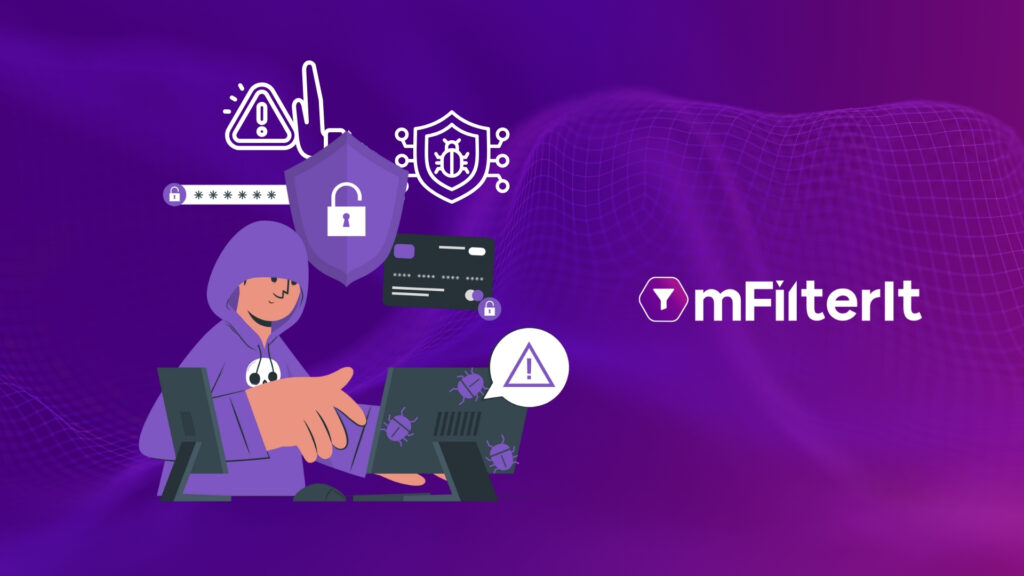The rising wave of quick commerce is leading spoiling customers of choices – now the 15 minutes delivery needs are expanding across segments. The quick commerce ecosystem works differently than eCommerce marketplaces where customers spend more time in product consideration & evaluation. Here promos, availability, product bundling & combos, enticing offers on banners what attract shoppers.
Here we are going to explore what makes tracking quick commerce performance for brand so essential. The challenges and what they need to catch the pace of quick commerce platform.
Table of Contents
ToggleHot spot for Last-Minute Needs
Quick commerce platforms target the daily needs of shoppers and entice shoppers to turn small ticket purchases into large volume with impulse purchases. It bundles products or categorizes them as per the needs of shoppers like party needs, puja or festive needs, daily groceries, or anything that you need at the last minute. It starts with adding just one item that you need to your cart but ends up adding more items in related categories into the cart. This turns the low-ticket purchases into a larger shopping bag.
It’s more like your neighbourhood grocery store but with product categories and products variants. Quick Commerce platforms sell at micro level with dark stores. The demand from one region varies from the other that makes availability, product categorizing and product bundling key or brands to monitor.
The quick commerce sector in India currently has a market size of $700 million and is likely to grow 8 times to reach a $5.5 billion market value by 2025. The addressable market of this industry is projected to be around $60 billion. | Source: ET Retail
The challenges brands face on Quick Commerce platforms
- Optimizing Quick commerce Product Listings: The listing on Quick commerce needs to be tagged into to specific categories where shoppers look for with accurate category tag- listings. As quick commerce products do not have extensive product description – brands need to comply with platform-specific guidelines to show the various images of the packet with ingredient details on it.
- Mastering Pricing Analysis in Quick Commerce: Another core challenge for brands is setting the price and promotional offers This requires apt bundling of the products under the same category. For example, a detergent power paired with 2 soap bars or stain remover liquid. But the catch here is the resellers bundle their product without brands being aware of and damaging brand reputation and product worth.
- Efficiency of Q-com Banner: Brand must be aware of what shoppers are looking for and ensure that is promoted on the brands ad banner theme for example during Raksha Bandhan a top chocolate brand offering celebration offer and offering high promotional offers during the peak hours of the festive season. Brands must be aware of ad traffic but also the performance and compliance of the banner ad with notification on if it is running on slotted time, visibility of banner, theme and keywords on the banners.
How Digital commerce intelligence on quick commerce platforms will lead the way
Quick commerce platforms have taken the retail industry by storm, revolutionizing the way consumers shop for everyday goods. Brands are realizing the immense potential in this space and are actively looking to optimize every step of the customer journey. Brands need to optimize very step of customer journey across quick commerce platforms to edge ahead.
Real-Time Stock Availability Alerts
One of the crucial aspects of quick commerce is ensuring that products are available when customers want them. Real-time stock availability alerts can help brands keep track of inventory levels across various outlets. When an item goes out of stock, the system can instantly trigger alerts to replenish the inventory. This ensures that customers are not disappointed due to stockouts, enhancing their overall shopping experience.
Enhance Share of Search with Title Keywords
In the digital realm, visibility is key. Brands must optimize their product listings with relevant title keywords to improve their share of search. When customers search for products, having the right keywords in product titles can boost your products’ chances of being discovered. Digital commerce intelligence tools can help identify the most relevant and high-impact keywords for your products, increasing your visibility on quick commerce platforms.
Optimize Banner Performance
Banners play a significant role in attracting and engaging customers on quick commerce platforms. Brands should continuously optimize banner performance by focusing on images, themes, and keywords. Digital commerce intelligence tools can provide insights into which banners are performing well and which need improvement. By analysing customer interactions and click-through rates, brands can fine-tune their banners to drive more conversions.
Track Pricing & Promo Trends
Pricing and promotions are crucial factors that influence customer buying decisions. Brands must closely monitor pricing and discount trends in the quick commerce space. Digital commerce intelligence can help track competitor pricing strategies and identify opportunities to offer competitive prices or attractive promotions. Staying ahead of pricing trends can give brands a significant advantage in the market.
Opportunities in Quick commerce
What seems like a turbulent time for Indian Quick commerce platforms turned upside down with hefty investment into Zepto and it became the first unicorn of 2023. Zepto, a grocery delivery company, secured a massive $200 million in fresh funds and were valued at a whopping $1.4 billion.
On the other hand, Q1 FY24 of Zomato-owned Blink It made 384 crore revenue over 2140 Crore Gross Order Value with reduced EBITDA for the quarter. The platforms are looking to be innovative and investing in dark stores with more focus on swift delivery and a larger assortment. This is the perfect time for brands to focus on Quick commerce and overcome the optimization hurdles with digital commerce intelligence.
Final Thoughts
Quick commerce is reshaping the way consumers shop, and brands need to adapt to this evolving landscape. The competition across quick commerce platforms is growing with more choices for the shoppers across categories. The competitive landscape requires swift monitoring of product performances versus competition and data-driven decision strategies.
By keeping track of stock availability, enhancing share of search, optimizing banner performance, and monitoring pricing trends, brands can position themselves for success in the quick commerce era. The success stories of BlinkIt and Zepto underscore the immense opportunities that await those who embrace this fast-paced industry. Our digital commerce intelligence solution can be your guide to seamlessly navigate through the Q-com ecosystem.
Start optimizing your product listings on quick commerce platforms to become the top pick of the shoppers.







